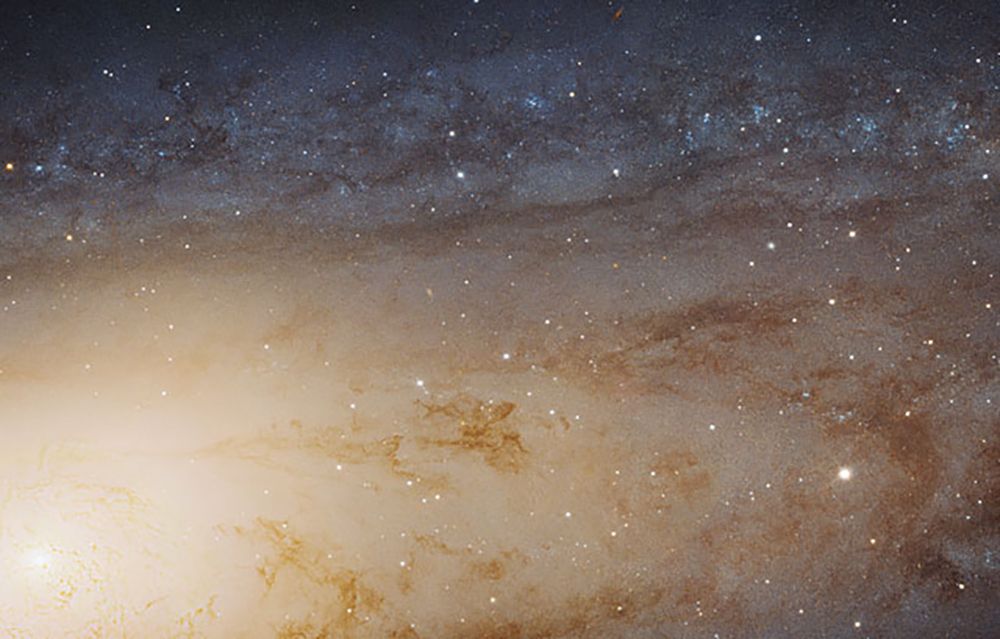NASA, the US space agency, has released a mammoth panorama captured by the Hubble telescope showing us the Andromeda galaxy in epic detail.
It is a bird’s-eye view Andromeda galaxy, our galactic next-door neighbor more than 2.5 million light-years away. Although it is described as the largest picture ever, Hubble could only snap a portion of the pancake-shaped galaxy, capturing 100 million stars spread across a 61,000-light-year-long stretch.
For astronomers to see individual stars inside the external spiral galaxy over such a large contiguous area, Hubble had to view Andromeda in near-ultraviolet, visible, and near-infrared wavelengths. It then used red and blue filters, along with the Wide Field Camera 3, to take 7,398 exposures over 411 individual pointings.

The Hubble Space Telescope assembled the collection of images together to make a high-definition mosaic of sorts. The whole image has 1.5 billion pixels and requires 4 GB of disk space. According to the Hubble European Space Agency, you would need more than 600 HD television screens to display the panorama.
This image is thus too large to display at full resolution. You should use a zoom tool to check out individual stars up close - or you can watch the video above by YouTuber daveachuk.

